How to run without pain
From learning the correct upper-body posture to strength-training exercises, here’s how to prepare for injury-free running.
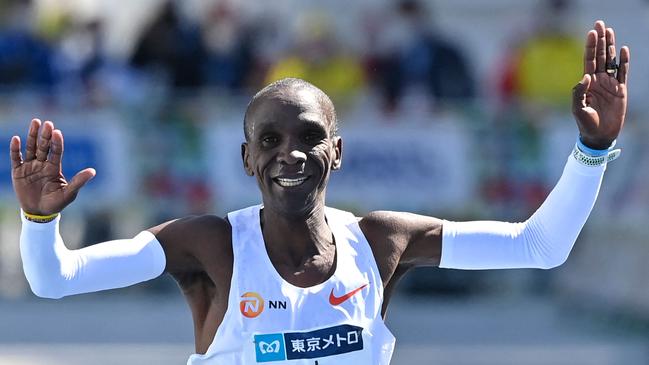
The sight of the sun may have inspired you to reach for your running shoes, but is your body prepared for pounding the streets? According to analysis by the Runners Need sports chain, online searches for running-related terms jumped by 47 per cent between 2019 and 2021. Yet along with the euphoric and fat-burning effects of the activity comes the risk of persistent niggles and injuries.
Last year researchers at the University of Gothenburg confirmed it is hard to escape aches and pains if running is your main fitness activity. For a year they monitored a group of recreational runners aged 18 to 55 who had entered a half-marathon event. To take part in the study, they had to have been running an average of 15km a week for the previous 12 months and to have been injury-free for at least the previous six months.
During the study a third of the participating runners were injured, mostly suffering problems with their knees, calf muscles or achilles tendons (the figure was closer to 50 per cent when drop-outs were taken into account). Age, sex and years of running experience didn’t seem to matter when it came to rates of injury.
Yet experts say that many of the overuse injuries that plague runners could be avoided by tweaks to a training plan.
“A lot of the things runners assume will help them to avoid getting injured, such as shoes and gait analysis, have far less effect than simple steps to strengthen and prepare the body for action,” says Nathan Liddle, a lecturer in physiotherapy at Teesside University. “Running injuries are not inevitable provided you are prepared.”
Here’s how to get into your stride.
Stick to the 25 per cent rule
Runners are often advised to follow the 10 per cent rule, meaning they shouldn’t increase the distance or intensity of their running by more than that amount each week.
“We now know that advice is probably overcautious,” Liddle says. “One study of novice runners compared those who increased their runs by 10 per cent or 24 per cent weekly and there was no difference in the increased risk of injury between the two groups.”
That means that someone who has been running 16km a week can reasonably and safely move up to 20km at the same pace provided they feel comfortable.
Jumps in distance beyond that are inadvisable. “Research has shown that people who increase running volume by 30 per cent a week – so going from 10km to 28.5km in a month – are more likely to get injured,” Liddle says. “So the sweet spot looks to be around 25 per cent.”
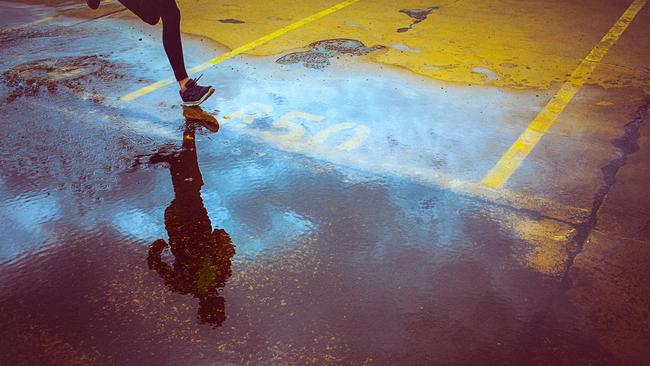
Avoid leaning too far forward when you run
An unlikely culprit as far as injuries are concerned is how far you lean forward when you run, which is easy to do when you are flagging. Last year, for a study in the journal Human Movement Science, researchers at the University of Colorado Denver looked at trunk flexion – the angle at which runners bend forward from the hip – and found that even when runners were asked to lean forward slightly, it had significant impact on their stride length, joint movements and ground reaction forces.
Anna Warrener, an assistant professor of anthropology and the lead author of the study, says that given the head, arms and trunk comprise about 68 per cent of bodyweight, it is possible that small changes in trunk flexion can add loading that may aggravate or cause knee and back pain.
Her results showed that leaning led to a shortened stride length and to changes in foot and lower limb position, resulting in a 29 per cent increase in loading and ground reaction forces through the body.
“The big-picture takeaway is that running is not all about what is happening to the trunk down,” Warrener says. “It’s a whole-body experience.”
Do 60 calf raises every day
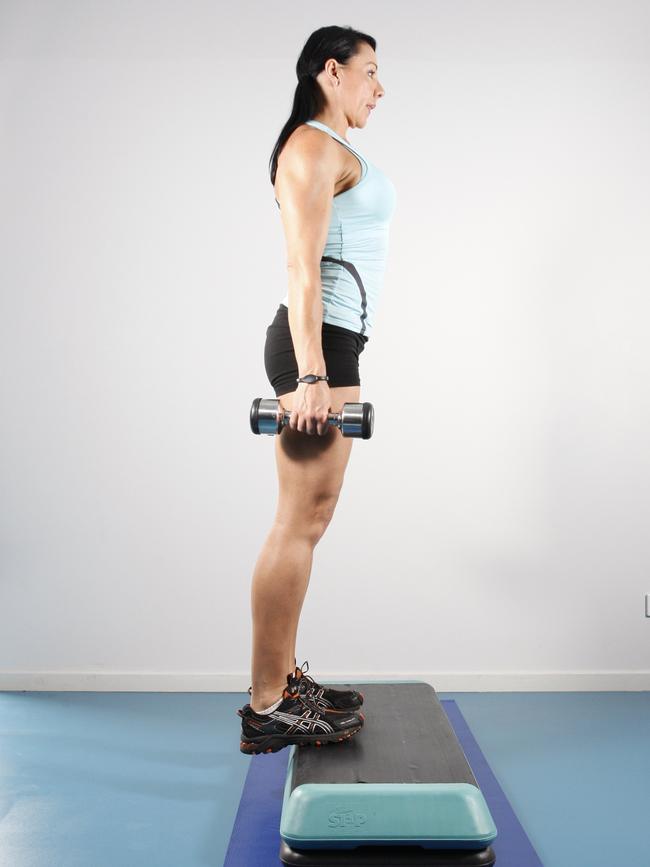
Achilles tendon injuries and calf muscle strains are the dual curse of runners. Paul Hobrough, a sports physiotherapist and author of Running Free of Injuries, says a regimen of daily calf raises is essential.
“Steve Cram (whom Hobrough advises) used to do 500 calf raises a day to protect his calf muscles and achilles tendons when he was competing, and while you don’t need to do that many, it is reasonable to aim for three sets of 20 repetitions if you are prone to lower leg problems,” he says.
Stand on tiptoes on the edge of a step or low platform with heels off the edge. Place hands on a wall or banister for balance and slowly lower your heels as far as possible. Return smoothly to the top of the move and repeat. “Doing them slowly is key and you can take up to six seconds in each direction,” Hobrough says. “You definitely shouldn’t bounce at any point in the movement as the aim is to provide heavy, slow resistance for achilles tendon strengthening.”
And strengthen your ankles and toes
Ankles are often overlooked as part of conditioning for runners, yet the load they bear with every stride means they are vulnerable to injury. A recent study of Brazilian runners found that performing an eight-week training program that focused on foot and ankle strength reduced injury risk by almost 60 per cent compared with runners who didn’t do the strength program.
Single and double-leg balances using a balance board or Bosu, and flexing against a resistance band looped around the bottom of the foot, are great for ankle muscle strength, Liddle says. “Adding toe-scrunching exercises, such as picking things up with your toes to build the smaller, intrinsic muscles of the feet will also help,” he says. “Findings show that strengthening ankles and feet helps your body to absorb the force of stride better. That effect should translate up the kinetic chain through all moving parts of the body and will hopefully lead to fewer injuries.”

If you have gained weight, don’t run too far
Running is among the best ways to blast fat, but a common concern among runners is whether they will damage joints by too much pavement-pounding when they are heavy.
“The body is wonderful at adapting to stimuli, and if you have been at a heavy weight for a long time, then your muscles and joints will have adapted to carrying that load and will have built a tolerance to dealing with it when you run,” Liddle says.
“But if you gain 5kg to 10kg in a few months, then your body hasn’t had time to adapt and there will be a period of getting used to it when you need to build up with shorter distances.”
There is evidence that overweight runners with a BMI of 25-plus are more prone to injury if they overdo it, but it can be managed by gently easing up the distances and combining running with lower-impact walking.
Danish researchers reported in the International Journal of Sports Physical Therapy that novice runners who were obese when they took up the activity had 20 per cent fewer running-related injuries and significantly fewer symptoms of overuse injury if they started with 3km of running a week compared with those who ran 6km a week or farther.
“The rule if you have gained weight is not to try and do as much as you did when you weighed less,” Liddle says.
Don’t be swayed by shoe marketing
Trainers need to be comfortable and well fitting to prevent blisters, but spending more on a pair of running shoes isn’t a guarantee that injuries will be kept at bay. In fact, there is little evidence that the type of shoes alone will help to prevent problems among recreational runners.
A study in the Journal of Athletic Training last year warned that “each runner is unique and may adapt in his or her own way to a given shoe type”. In other words, there is no single super-shoe that suits everyone. “Shoes are so often cited as the reason someone gets an injury,” Liddle says. “But it’s no good buying a new pair of trainers if you haven’t corrected the root cause of a problem, which is often mechanical.”
Likewise, Liddle says, there’s no evidence that gait analysis is helpful in injury prevention. In short, strength work has more bearing on reducing injury risk than a pair of the latest running shoes. Hobrough says there are some styles that most recreational runners should probably steer clear of, including barefoot-style “minimalist” shoes that offer almost zero cushioning and those that promise extra bounce with “maximalist” highly cushioned shoes.
Counterintuitively, too much cushioning alters your running mechanics, which means that you absorb more impact when wearing them.
“Studies have shown that decades of adding lots of cushioning to shoes has done nothing to reduce the risk of injuries,” Hobrough says. “Too much cushioning alters your natural spring-like running mechanics and disrupts the body’s in-built shock absorbency, so there’s more impact on your joints, especially if you run fast.”
He suggests that most people need a light, neutral shoe with medium cushioning such as the Saucony Kinvara 13 (saucony.com).
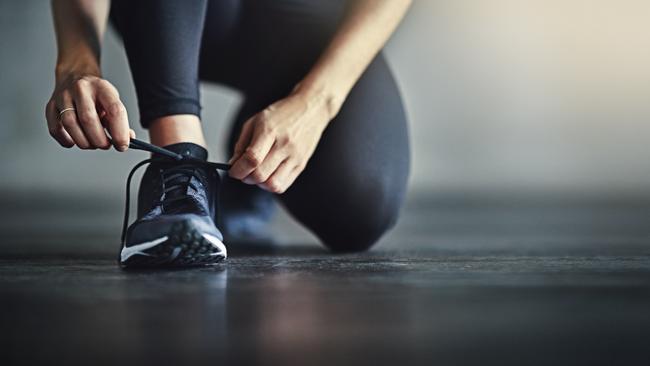
Don’t run long and hard every day
Sounds obvious, but it’s among the most common errors runners make, and failing to allow your body to recover is asking for trouble. “It’s not just that your leg muscles will be sore after a hard run,” Liddle says. “Muscles and tissues throughout the body typically need 36 to 48 hours after intense exercise to be able to repair and adapt fully.”
Although the recovery rate varies from person to person, you do need to pay more attention to recovery after middle age. “Sleep well, recover well and eat well – they are the golden rules if you want to keep running for years,” Liddle says.
Listen to your body
Regular running brings mind and body benefits, but researchers say there is a tipping point and that non-elite runners who become addicted to the effects of the runner’s high, running every day and racing or doing park runs at every opportunity, may be predisposing themselves to running-related injuries.
As part of a study at the Netherlands at Eindhoven University of Technology and Utrecht University in conjunction with the University of South Australia, a group of about 250 recreational adult runners aged 19-77 were surveyed about their mental outlook and level of passion for running. Results showed that “obsessively passionate” novice runners disregarded the need to recover after training even when they noticed early warning signs for injury. Although they got quicker in the short term, ultimately their training was interrupted by a greater number of injuries.
“The key thing is to listen to your body and not ignore it when it is telling you to take a day off,” says Jonathan Taylor, a lecturer in sport and exercise at Teesside University and a former international runner. “A day off because you’re feeling below par can mean weeks saved from avoiding a prolonged illness or injury.”
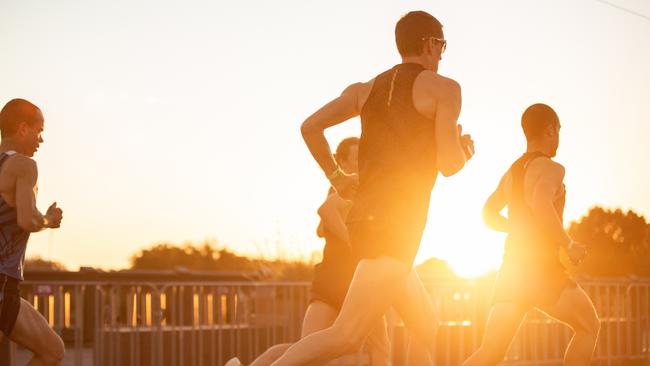
Do single leg squats for four minutes every day
This is Hobrough’s rule for every injured runner he sees at his clinic. “Doing four minutes –two on each leg – of this exercise every day will reduce injury so much that you will do more running each year through less time lost to injury,” he says. “It’s a hugely worthwhile investment as it works the muscles in the hips, legs and glutes that are essential for strong running.”
Stand on your left foot with knee bent and bend your right leg behind you. Place your hands on hips for balance and, hinging forward from the hips, lower down as far as you can without the left knee going over the front of your left foot. Return to start position and repeat for two minutes and then again on the other side.
“Each week try to drop deeper into the squat by about 5cm as you build up control, but don’t force the progression,” Hobrough says.
The Times

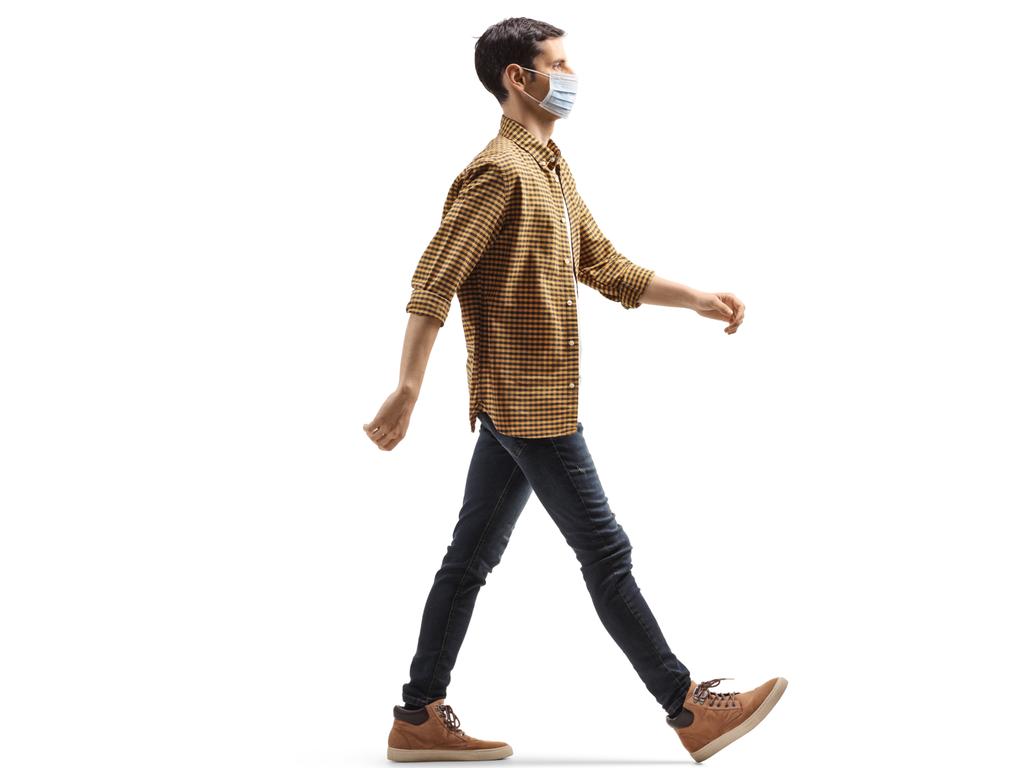
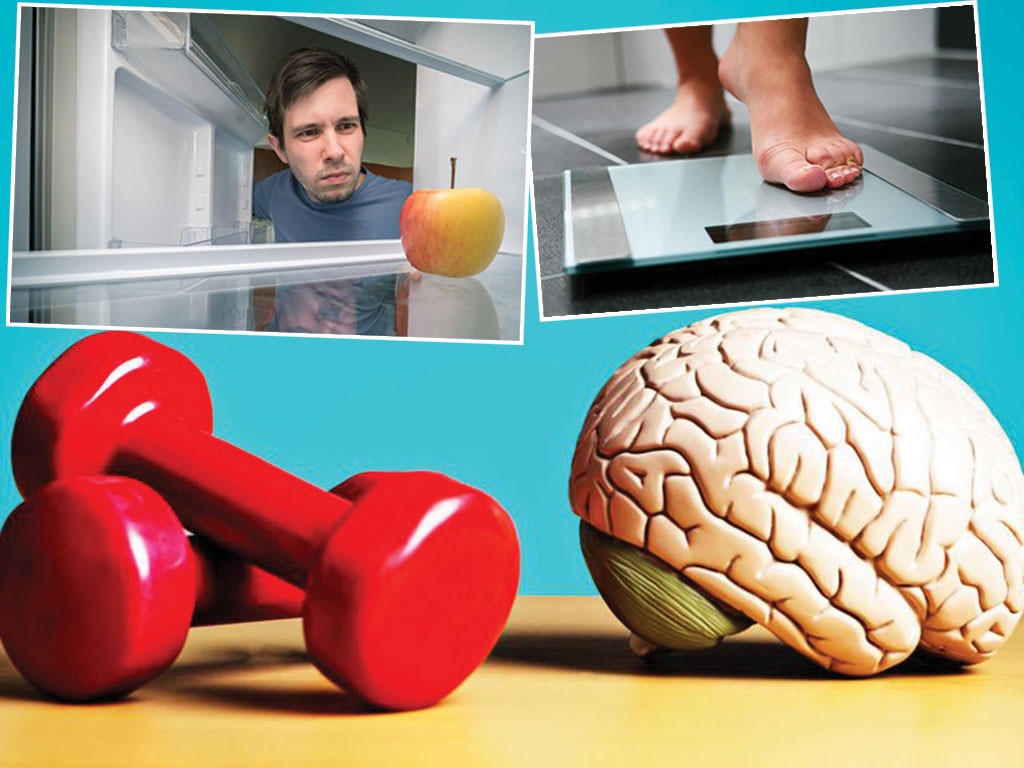
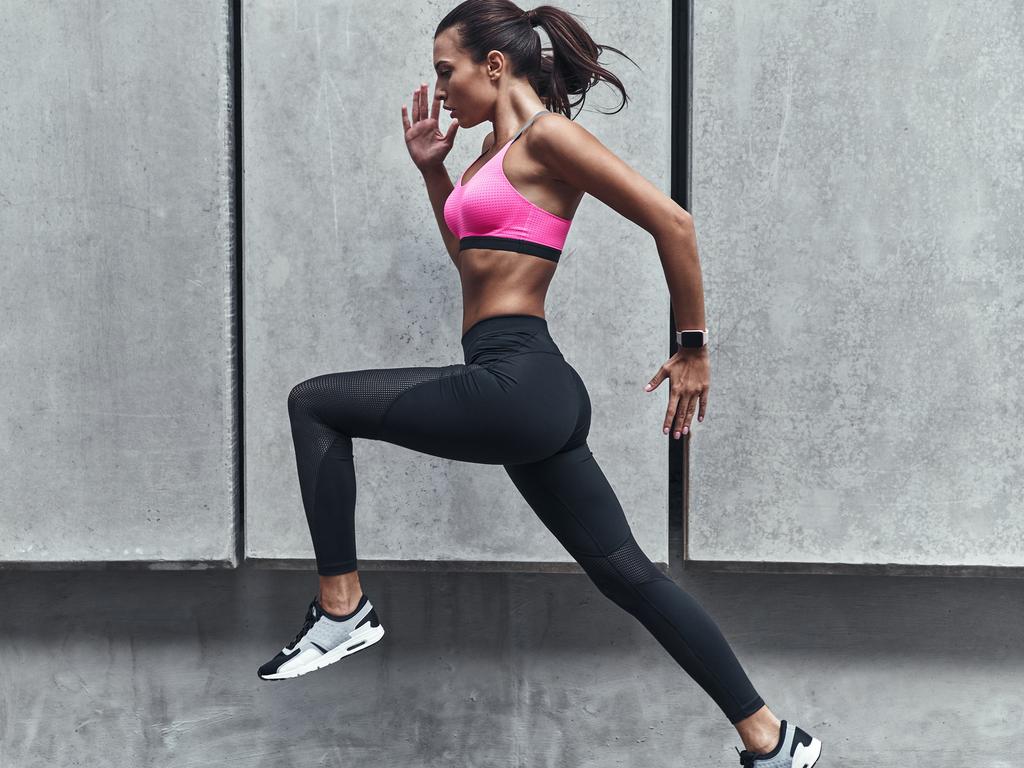



To join the conversation, please log in. Don't have an account? Register
Join the conversation, you are commenting as Logout